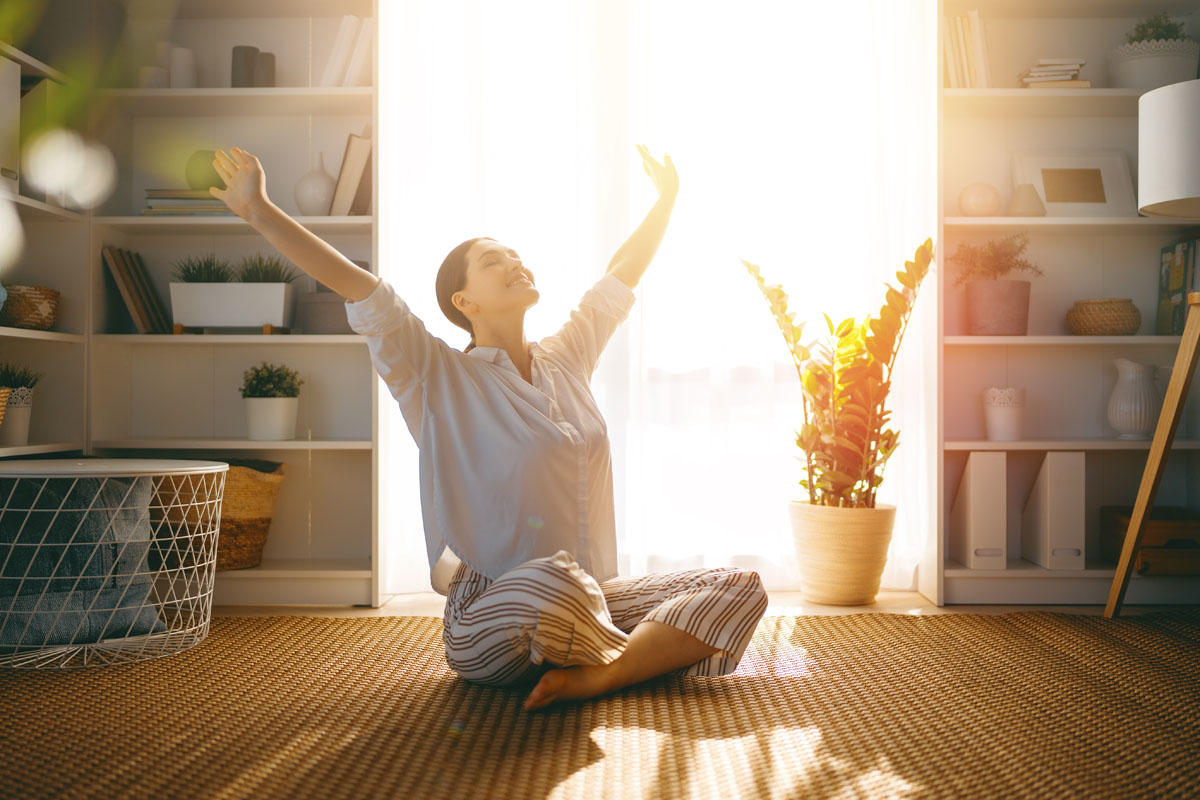Constructing green homes is clearly a thriving industry. But it might seem daunting to think about building a green home and what that entails. Start at the beginning and expand your knowledge to guarantee that your endeavors are as effective as they can be.
What Is a Green Home?
Simply stated, green homes use less energy, water, and natural resources in comparison to a conventional home. They are more efficient, creating less waste. Additionally, a green home can be a much healthier dwelling for those living inside of it.
You can construct a green home, or you can make changes later on to make it greener. A “green makeover” can occur at the same time, or it can be a progressive process.
Why Build A Green Home Or Make Your Home Green?
Advantages of living in a green home include greater longevity, decreased energy costs and increased health for those living inside the home.
Saving Your Breath
- Green homes use non-toxic building materials to help control indoor air pollution. Harmful air inside a home can pose significant health risks for people living inside of it.
- Natural ventilated green homes, in addition to mechanical ventilating systems that filter fresh air from the outside, keep people breathing easy.
Saving Money
- The common household spends around $2,150 yearly on energy bills. LEED-certified homes can save thirty to sixty percent on those bills.
- If initial green construction expenses seem high, it is often since many architects, contractors, and other trade professionals don’t have the experience and/ or knowledge to cost-efficiently plan, design and construct a green home. Be sure you find a professional skilled with green building methods.
- A growing number of insurance companies provide discounts on policies covering green homes. Likewise, a lot of mortgage companies provide discounted loan rates for potential homeowners.
- A green home typically uses higher-quality building materials and construction methods than a conventional home—and better materials means less repairs.
- The resale value of green homes is usually higher than that of a comparable conventional home, and the market demand continues to increase.
- Local, state, and federal governments are progressively providing tax breaks and other incentives for constructing LEED homes or with the addition of green features to your home.
Saving The Environment
- Residential HVAC alone make up twenty percent of yearly energy use in the US. When you add lights, appliances and other electronic devices, homes use a significant amount of energy. A lot of this comes from greenhouse gasses creators like coal and oil, and as a contributor to global climate change. Green homes use forty percent less energy.
- Many green homes further decrease our dependence on traditional energy by utilizing alternative sources like solar, wind, biomass and geothermal.
- Productive bath and plumbing fixtures, drought-adapted landscapes and water-conserving watering systems help green homes use decreased water.
- A lot of green building materials have considerable recycled content, from their floor and carpets tiles made of recycled tires to materials upcycled from demoed buildings. They also utilize materials made of rapidly renewable materials like hemp, bamboo, agrifibers and soybean-based products.
- Building a conventional 2,500-square-foot home creates an estimated 2 tons of construction waste that ends up in landfills. The building of a green home, on the other hand, can create far less waste.
MK Design And Build In Arizona
MK Design And Build, located in Mesa, Arizona, specializes in residential construction, providing clients with state-of-the-art technology combined with cost-effective building methods. MK offers a variety of styles and designs for you to use as a starting point in your home building journey. With an extensive library of existing plans to choose from, we’ve organized them into 4 Series to facilitate the shopping experience: Classic, Vintage, Contemporary and Craftsman. Contact MK Design and Build right here!


